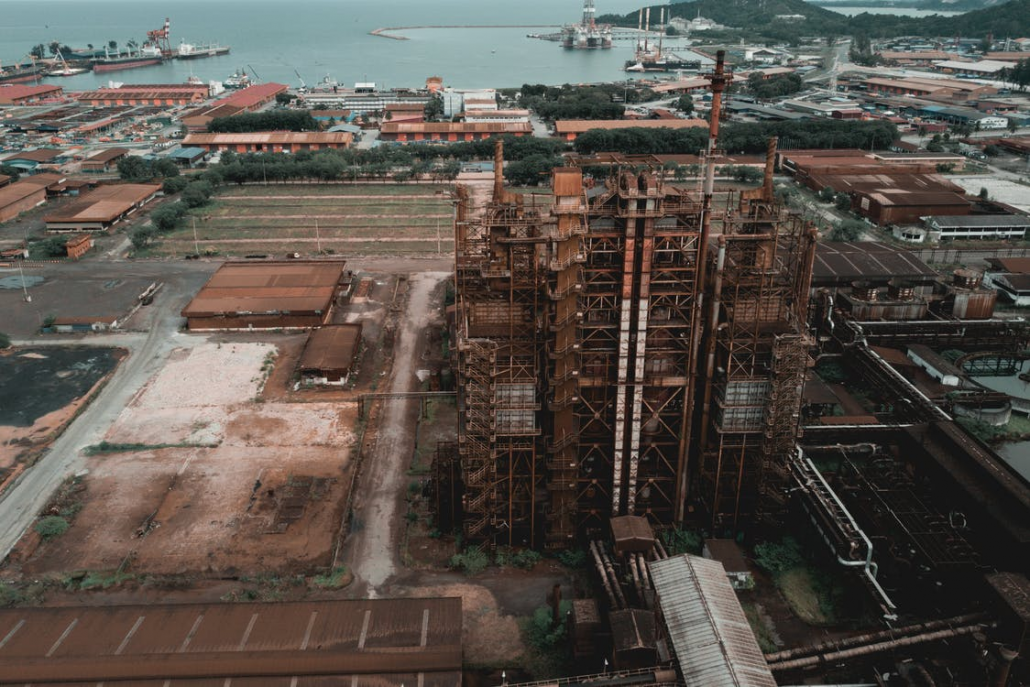3 Reasons to Use FRP in Wastewater Treatment Plants
For many years, wastewater and water treatment plants have been using stair treads, railing, grating, ladders, and structural platforms manufactured from conventional materials like steel, galvanized steel, wood, and aluminum.
These materials were popular because they were reliable, safe, and have a long service life. They were also widely available and inexpensive. However, fiberglass reinforced plastic products have gained immense popularity in the last five decades for use in wastewater plants.
Initially, these would cost about four times as much as traditional materials, meaning they were rarely considered as a serious alternative. However, with the rise in prices on wood, steel, and aluminum, FRP products are back into consideration.
Fiber-reinforced plastic/polymer is the composite material manufactured using a fiber and polymer matrix. Usually, manufacturers choose to use glass for the FRP matrix, which is why it’s called fiberglass.
Here’s why wastewater treatment plants choose FRP products.

Easy to Manufacture and Fabricate
FRP is extremely flexible and can be manufactured in any size and shape as the customer requires. Moreover, FRP products are light in weight, making them easy to carry in industrial areas like wastewater plants.
FRP products are easy to manufacture and flexible, but they are also very durable. FRP’s strength has allowed it to become popular for industrial use.
It is Durable
FRP is very durable, and it can last for an extensive period of time as compared to other materials available. FRP is also resistant to various chemicals, moisture, acids, etc., making it ideal for wastewater treatment plants where different chemical processes occur every day.
FRP doesn’t need to be maintained regularly to maintain its safety and performance, and it isn’t prone to rust or rot either.

FRP Reduces the Risk of Accidents
FRP products provide a surface with adequate friction, allowing for easy walking and running. As a result, employees are less prone to falling or slipping at their workplace, helping avoid severe accidents and stress.
FRP products are light, allowing for less labor and transportation costs. They can also be installed with ease.
These reasons prove why industries use FRP and FRP products like FRP plates, handrails, gratings, baffle walls, and tank covers at sewage treatment plants worldwide.
There’s no doubt that FRP products have opened up a lot of industrial opportunities. If you have an FRP tank installed at your wastewater treatment plant and need to get it repaired, get in touch with Hudson Fiberglass.
We provide fast and reliable FRP tank Inspections and pipe repairs and inspection services, available at a single call. Book your slot now!
Find out more about custom fiberglass repair here.



